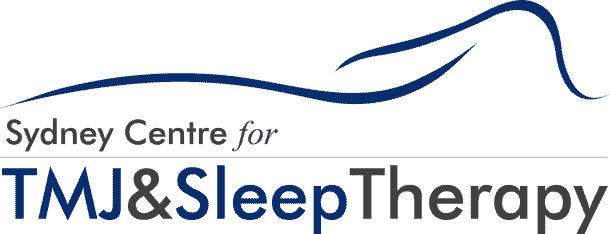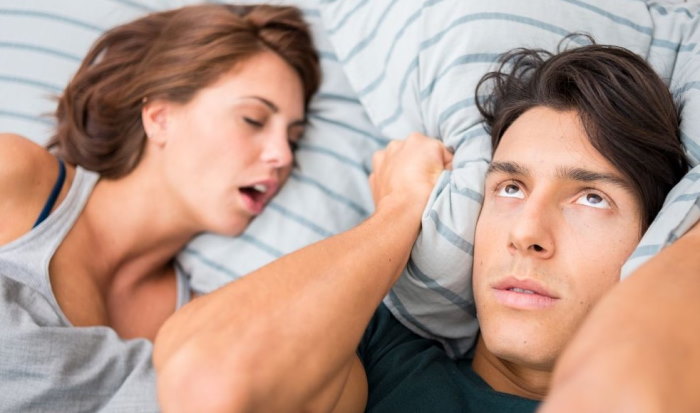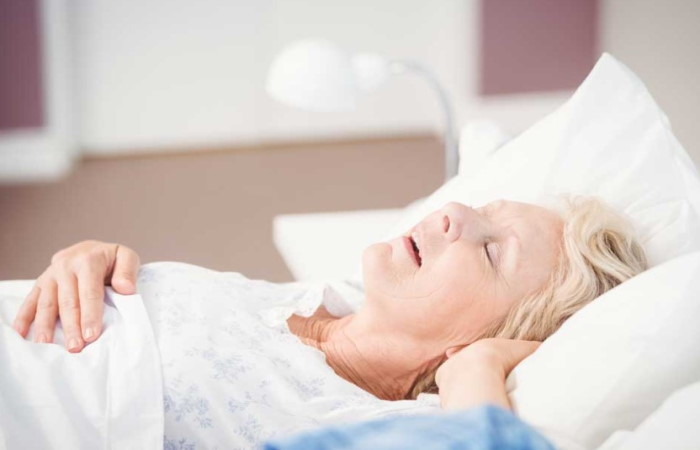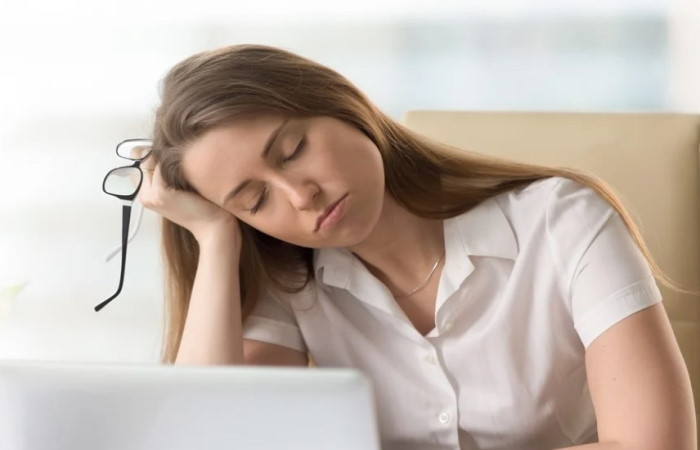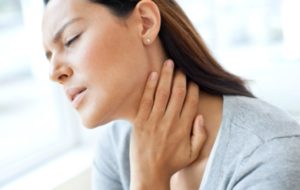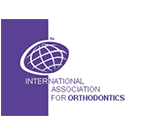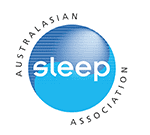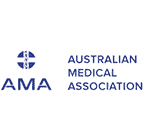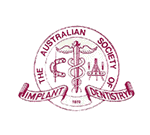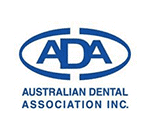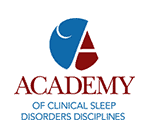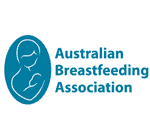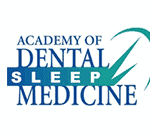When you think of sleep apnea, you picture a patient who’s overweight, lives a sedentary lifestyle and is a middle-aged man. While studies do support this stereotype – that sleep apnea affects mostly male patients – women can be at risk, too. The existing studies on why men are more prone to sleep apnea demonstrate that this is due to pathopsychological differences between men and women. It is also important that you know the effects of sleep apnea associated with woman, so that you can seek help when you exhibit any of these symptoms.
More About Sleep Apnea in Women
According to this medical journal, 20% of women diagnosed with sleep apnea suffer moderate cases and about 6% have severe sleep apnea symptoms. Sleep apnea can also affect women of all ages although obesity, age, and hypertension can be contributing factors.
Other research also cited that 1 in 5 women suffer from sleep apnea. The scary thing about it is that 9 out of 10 women are undiagnosed.
Sleep Apnea Symptoms in Men vs Women
Obstructive sleep apnea is the most common and dangerous type of sleep apnea. This condition affects men and women alike. However, men and women experience this condition differently, as recent studies have revealed. In 2020, Sleep published a study that breaks down the primary differences in how it is exhibited in men and women.
1. Women suffer sleep apnea during REM state.
REM or rapid eye movement represents the dream-like state of sleep. During this time, more brain energy is used compared to the more shallow state of sleep (or non-REM). The thing is that sleep apnea tends to be more severe during the REM state, which means there is a significant drop in the level of oxygen. But since there are a few phases of REM throughout the entire duration of sleep, women have fewer episodes of sleep apnea than men.
2. Women are at higher risk of upper airway resistance syndrome.
Upper airway resistance syndrome is a type of disorder that is less disruptive than sleep apnea. Some women will snore and their airways can be constricted. However, breathing in women does not completely cease over a specific period. As a result, there is also no risk of oxygen levels dropping.
Due to the factors above, women are more likely to suffer from sleep disruption due to sleep apnea than men.
Common Sleep Apnea Symptoms in Women
What are the sleep apnea symptoms in women? Take note of these common symptoms so you can be aware and seek the help of a professional immediately:
- Frequent and loud snoring
- Snorting and gasping sounds during sleep
- Episodes of lapses in breathing
- Urge to urinate more often at night
- Headache and dry mouth upon waking
- Daytime sleepiness
- Difficulty concentrating during the day
On top of the above symptoms, women suffering from sleep apnea might also exhibit more symptoms. The following symptoms are not always associated with sleep apnea but could be indicators when present with the above symptoms:
- Insomnia
- Frequent awakening at night
- Restless leg syndrome
- Heartburn
- Lack of energy
- Feeling irritable
Women who suffer from sleep apnea (including undiagnosed conditions) may suffer one, two, or more of these symptoms. If you know you are exhibiting any of these symptoms, do not delay and seek help right away.
Why is Sleep Apnea in Women Overlooked?
With more studies recently showing proof that women are of equal risk to men in suffering from sleep apnea, it is a curious case why women are underdiagnosed. Part of the reason is that women who suffer from sleep apnea symptoms consult the wrong type of doctor. It is important that you see a specialist, not just a general doctor.
For the latter, they have limited knowledge about sleep apnea and its associated symptoms. Many also hold the false belief that only men are at risk of sleep apnea. As a result, they are misinformed when giving their diagnosis and analyzing symptoms.
Based on the two factors cited above, there is less frequency of sleep disruption in women than in men. The fact that it is less observed and less frequent leads many general doctors failing to recognize this disorder.
Risk Factors for Sleep Apnea in Women
Certain factors can make a woman at a higher risk of suffering from sleep apnea than others. If you have any of these risk factors, make sure to pay close attention to symptoms so you can get treatment immediately.
Obesity is the number one risk factor for sleep apnea in men and women. For women, hormones can play a contributing role, which is why it is more common as women age. The risk of developing sleep apnea is higher for women in their post-menopausal stage.
What are the Risks to Women’s Health if Sleep Apnea is Undiagnosed?
Since there is a huge discrepancy in the number of diagnosed cases of sleep apnea in women, it is important to understand the potential risks to a woman’s health. There are serious consequences due to a lack of proper diagnosis. Women who suffer from sleep apnea are also at risk of developing hypertension and heart disease.
Sleep apnea in women can also increase the risk of other diseases such as chronic kidney disease, heart attack or heart failure, high blood pressure, atrial fibrillation, metabolic conditions, and eye disorders. Don’t wait until you develop any of these conditions. If you suspect that you have sleep apnea symptoms, make sure to seek the treatment you need to avoid these complications to your health.
The impact of sleep apnea on women is not just limited to their physical health. Women who experience symptoms of OSA are also likely to suffer from depression. This research study also supports the claim that depression linked with sleep apnea is more common in women than men.
When to See a Doctor
If you or anyone you know exhibit any of the above symptoms, make sure to see a doctor – or a sleep specialist. The sooner you get diagnosed, the sooner you can get treatment for sleep apnea. Sleep doctors will recommend you undergo a sleep test in a sleep laboratory to analyze your symptoms during sleep. Other tests might be done depending on the symptoms that you display.
